-
The Poltergeist of Madison, IN: A ’90s Tale
Published
on
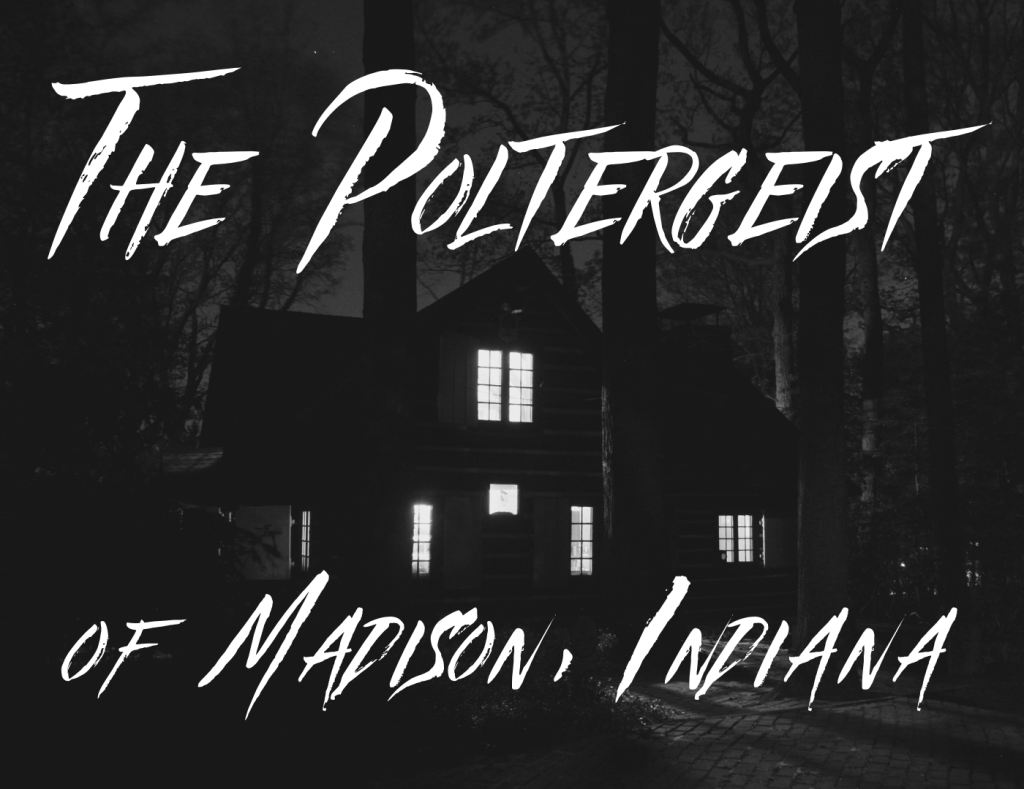 Continue reading →: The Poltergeist of Madison, IN: A ’90s Tale
Continue reading →: The Poltergeist of Madison, IN: A ’90s TaleYou might not know, but I love a TV movie from the ’90s. I was watching one a few months back titled The Haunting of Patricia Johnson (also known as The Uninvited or The House at the End of the Street or Victim of the Haunt) starring Beau Bridges (FYI,…
-
Halloween Treats From Me: Some Favorite Posts
Published
on
 Continue reading →: Halloween Treats From Me: Some Favorite Posts
Continue reading →: Halloween Treats From Me: Some Favorite PostsLet’s celebrate Halloween with some of Notebook for Ghosts’ greatest hits. Due to a busy schedule after the publication of my book, I have not had the chance to post on here as much as I have wanted to. I have a fun post coming next month about a poltergeist…
-
My book is out today!
Published
on
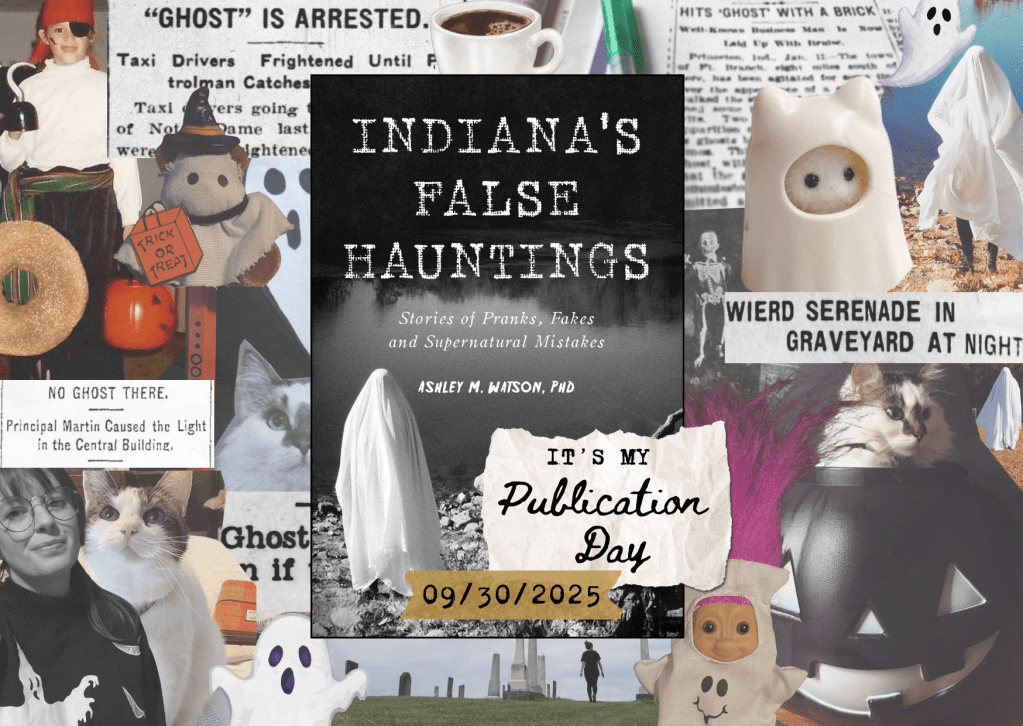 Continue reading →: My book is out today!
Continue reading →: My book is out today!Notebook of Ghosts began in 2016, and I never thought this adventure would lead me to my first published book! Thank you all for your support and feedback for the past nine years. My book is titled Indiana’s False Hauntings: Stories of Pranks, Fakes and Supernatural Mistakes (The History Press),…
-
#31SpookyStories: October 2025 Reading Challenge
Published
on
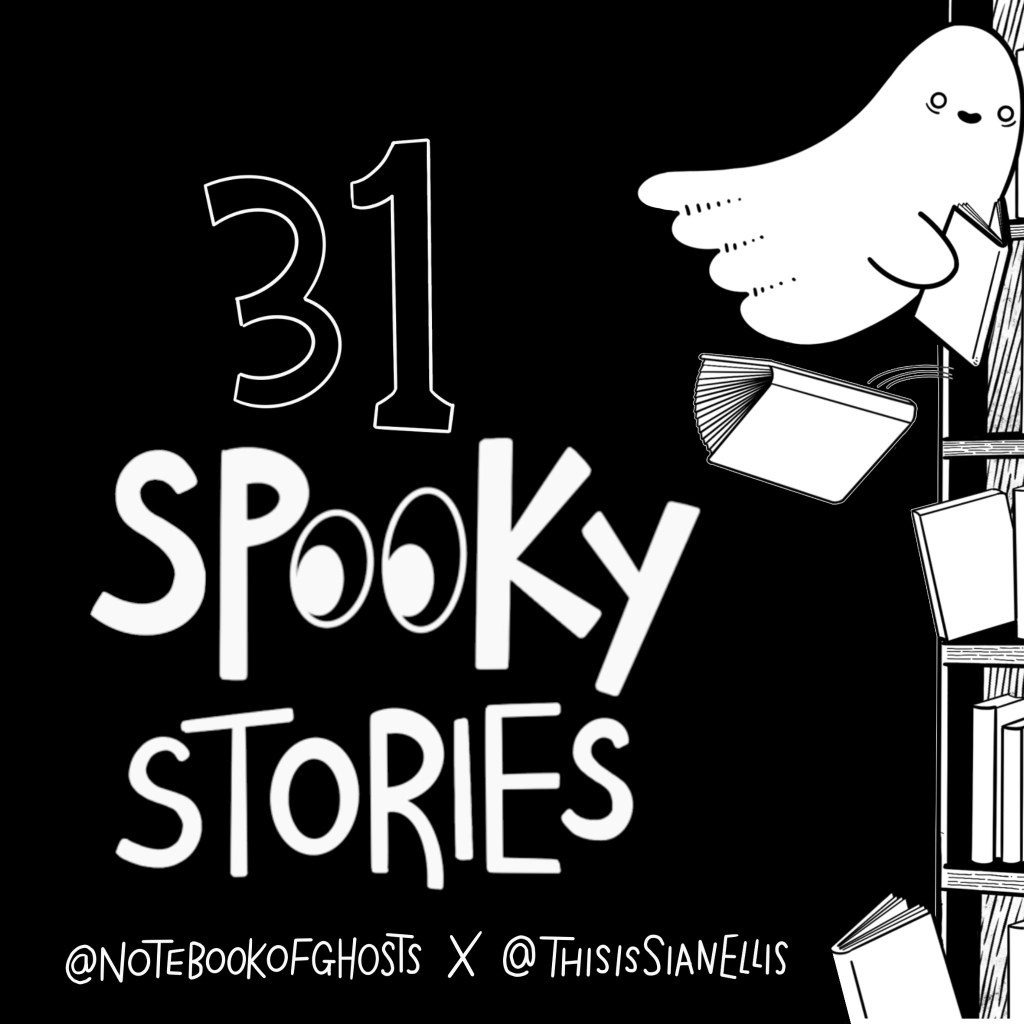 Continue reading →: #31SpookyStories: October 2025 Reading Challenge
Continue reading →: #31SpookyStories: October 2025 Reading ChallengeThis is a post edited from prior years. Readings and links have been updated when needed. I’ve added a new section about my book and will continue to add new readings leading up to the challenge. For the past few years many committed to reading 13 or 31 spooky short…
-
Indiana Tree Folklore
Published
on
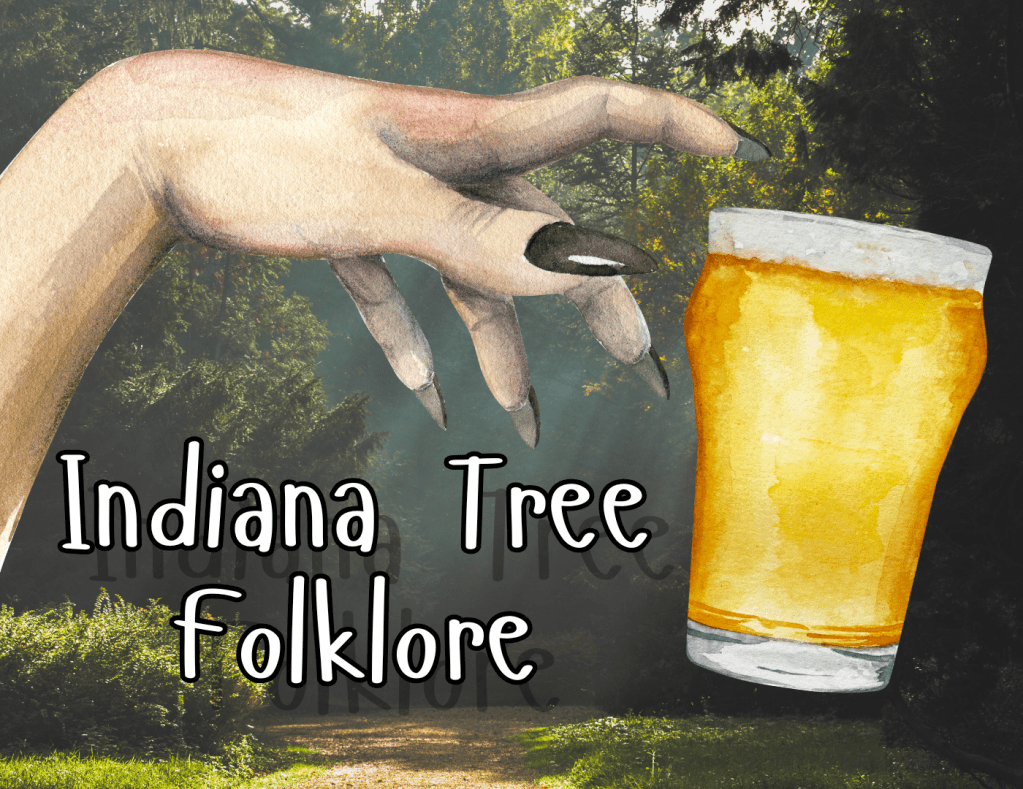 Continue reading →: Indiana Tree Folklore
Continue reading →: Indiana Tree FolkloreI love and deeply appreciate a public database. The Indiana State University Folklore Archives is “the largest accessible university-based folklore repository in the Midwest” and contains first-hand accounts of Midwest folklore. I spend HOURS on this site, exploring Hoosier folklore. Recently, my research topic was TREES. Let’s see what type…
-
My Book’s Cover Reveal
Published
on
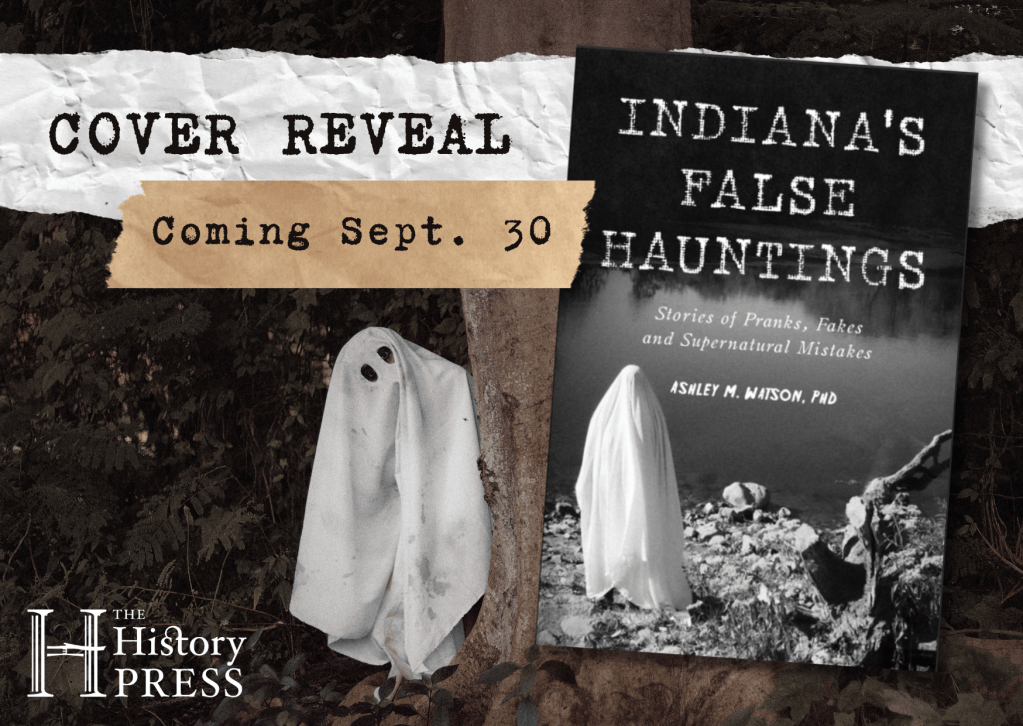 Continue reading →: My Book’s Cover Reveal
Continue reading →: My Book’s Cover RevealI am excited to reveal the cover of my book Indiana’s False Hauntings: Stories of Pranks, Fakes and Supernatural Mistakes. And guess what? That is me on the cover! I’m like a spooky Fabio. The cover photos were taken by a local photographer (and my husband). We had a fun…
-
The Headless Ghost of Madison County, Indiana
Published
on
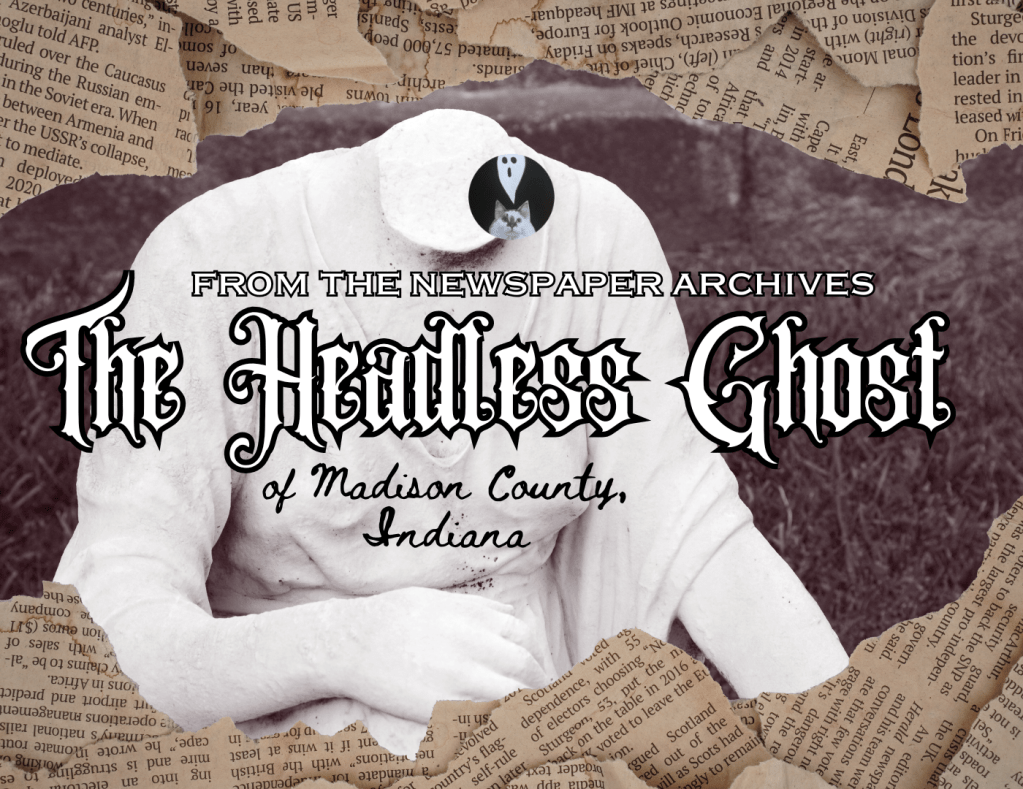 Continue reading →: The Headless Ghost of Madison County, Indiana
Continue reading →: The Headless Ghost of Madison County, IndianaA “specter that rivals the Headless Horseman of Ichabod Crane” was terrifying the people of Madison County, Indiana in the 1890s. This headless ghost did not ride a horse, but it would put most jugglers to shame. Below is a brief history of this amusing apparition. The Ghost in a…
-
 Continue reading →: The Tree-Stump Tombstones of Oak Hill Cemetery (Crawfordsville, IN)
Continue reading →: The Tree-Stump Tombstones of Oak Hill Cemetery (Crawfordsville, IN)In her comprehensive study of tree-stump tombstones (also known as treestones), Susanne Ridlen stated there were more than 2,400 tree-stump tombstones in the state of Indiana. This could be influenced by the Sears & Roebuck catalog, which was popular in the Midwest and a seller of the unique gravestone. Ridlen…
-
In My Commonplace Book: Zinc Grave Markers
Published
on
 Continue reading →: In My Commonplace Book: Zinc Grave Markers
Continue reading →: In My Commonplace Book: Zinc Grave MarkersTo learn more about commonplace books, read my post “A Brief Guide to Keeping a Commonplace Book.” I recently shared an entry from my commonplace book about tree-stump tombstones. I opened the book again to explore a new cemetery topic: zinc grave markers! Advertised as “white bronze,” these grave markers…
Boo!
I’m Dr. Watson.

I am a writer, rhetorician, researcher,
& archivist of ghost stories. On this site you will find haunted Indiana history, tips on keeping a commonplace book, cemetery explorations, and more!
Contact: notebookofghosts@gmail.com
My book Indiana’s False Hauntings: Stories of Pranks, Fakes and Supernatural Mistakes (from The History Press) is out!
Read local ghost stories with Arcadia Publishing! Use the code GHOSTS at checkout to get 15% off.
